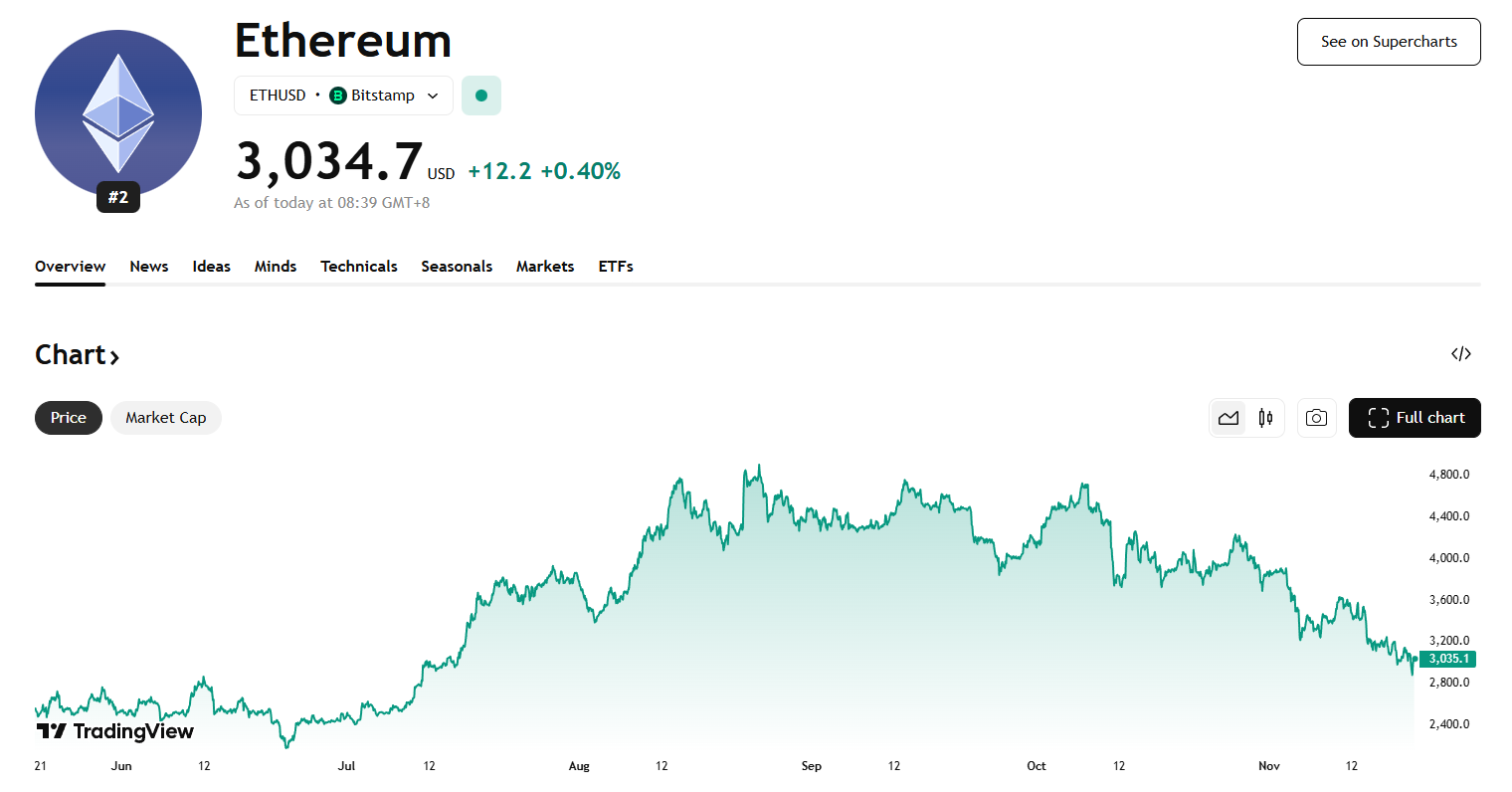Polygon’s Future Takes Shape With Heimdall v2 Release
Polygon is about to reach a decisive milestone with Heimdall v2, a hard fork that Sandeep Nailwal describes as “the most complex since 2020.” On July 10, the PoS network is thoroughly modernizing its infrastructure while consolidating its governance, now in the hands of its co-founder. This is a strategic operation as the battle intensifies on the front of layer-two blockchains.

In Brief
- Polygon is preparing the deployment of Heimdall v2, its most complex hard fork since the launch of the PoS network in 2020.
- This update aims to modernize the technical infrastructure by replacing obsolete components from 2018 and 2019.
- The deployment will take place on Thursday, July 10, with an estimated three-hour instability window during the upgrade.
- Heimdall v2 thus becomes the symbol of a dual shift: technical and strategic, in a Web3 undergoing major restructuring.
A Major Technical Overhaul in the Crypto Ecosystem
After the departure of Mihailo Bjelic, one of its founding pillars , Polygon will today deploy the Heimdall v2 update, a hard fork of the PoS network designed to strengthen the stability, speed, and security of the protocol. The operation is of a rare scale, as emphasized Sandeep Nailwal, CEO of Polygon Foundation, in a message on the social network X:
this is the most technically complex hard fork Polygon PoS has experienced since its launch in 2020.
This update introduces a new consensus engine and replaces obsolete components dating back to 2018 and 2019. The goal is to provide a better user experience and stronger foundations for future network developments.
Technically, several key points stand out :
- The reduction of finality time to approximately five seconds, compared to a longer delay until now, making the network more responsive ;
- The reduction of the risk of chain reorganizations beyond two blocks, thus enhancing blockchain stability ;
- Increased security of cross-chain bridges, a critical point following numerous exploits in the ecosystem over the past months ;
- The planned deployment within 30 minutes on the mainnet, with scripts and runbooks already available for validators ;
- A temporary risk of three-hour latency in block finalization during the transition, requiring caution and preparation ;
- A clear call to node operators to rapidly test their configurations and anticipate potential issues: “most validators have already performed the update, but if not yet done, test quickly, spread the word, and contact us in case of problems,” Nailwal urged.
Recentralized Governance for Accelerated Execution
Less visible but equally significant, the Heimdall v2 update comes amid a profound reorganization of governance at Polygon Foundation. On June 11, Sandeep Nailwal officially took the helm of the foundation as CEO, marking the end of the previous approach based on decentralized governance.
This structural evolution aims, according to Nailwal, to enable Polygon to evolve with more responsiveness: “it’s time to act with more conviction, focus, and speed,” he declared. Furthermore, he emphasized the need for centralized executive management in the face of rising competition in the scalability solutions market for Ethereum.
This governance model transition is not trivial. It reflects a clear willingness by Polygon to regain control over its innovation schedule in the crypto industry. As pressure mounts with crypto players like Arbitrum, Optimism, and zkSync, Nailwal’s bet is to refocus efforts on a clear vision, executed with discipline.
Heimdall v2 is thus not just a technical evolution: it is the first visible milestone of a new era led with authority. In this context, improving network performance is as much a technological challenge as it is a strategic tool to establish the legitimacy of this renewed governance in the crypto universe.
In the longer term, this dynamic raises questions about the balance between efficiency and decentralization, a core value of the Web3 ecosystem. While centralized leadership can speed up decision-making, it also implies increased community vigilance regarding the chosen direction. Heimdall v2 could therefore be seen as a real-world test: that of a tighter governance serving performance, in a crypto sector where speed of execution becomes a decisive competitive weapon.
Disclaimer: The content of this article solely reflects the author's opinion and does not represent the platform in any capacity. This article is not intended to serve as a reference for making investment decisions.
You may also like
Hotcoin Research | Fusaka Upgrade Approaching: Analysis and Outlook on Ethereum Long and Short Positions
This article will review Ethereum's recent performance, provide an in-depth analysis of the current bullish and bearish factors facing Ethereum, and look ahead to its prospects and trends for the end of this year, next year, and the medium to long term. The aim is to help ordinary investors clarify uncertainties, grasp trends, and provide some reference to support more rational decision-making during key turning points.

Crypto Market Surges as Bitcoin Rebounds and Privacy Coins Shine
In Brief Bitcoin rebounded over the weekend, testing the $86,000 mark. Privacy-focused altcoins Monero and Zcash showed notable gains. Total market value surged, crossing the $3 trillion threshold again.

Trending news
MoreBitget Daily Digest (Nov 24) | Total Crypto Market Cap Rebounds Above $3 Trillion; Michael Saylor Posts “Won’t Surrender,” Hinting at Further Bitcoin Accumulation; Bloomberg: Bitcoin’s Decline Signals Weak Year-End Performance for Risk Assets, but 2026 May Have Growth Momentum
Following the attack, Port3 Network announced it would migrate its tokens at a 1:1 ratio and burn 162.7 million PORT3 tokens.
